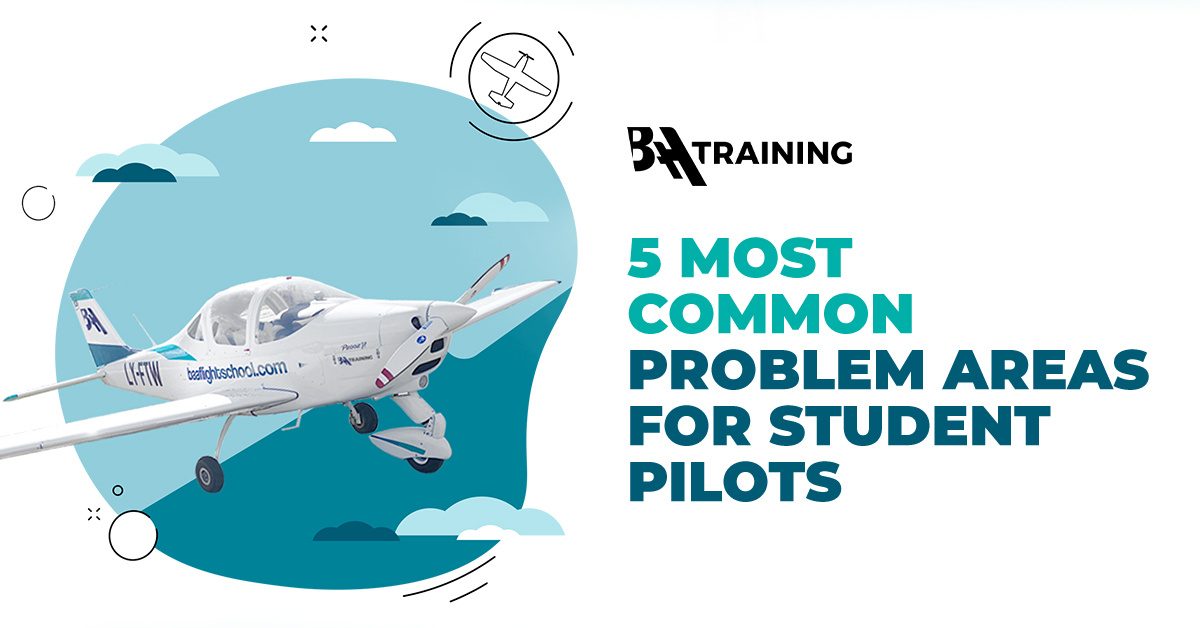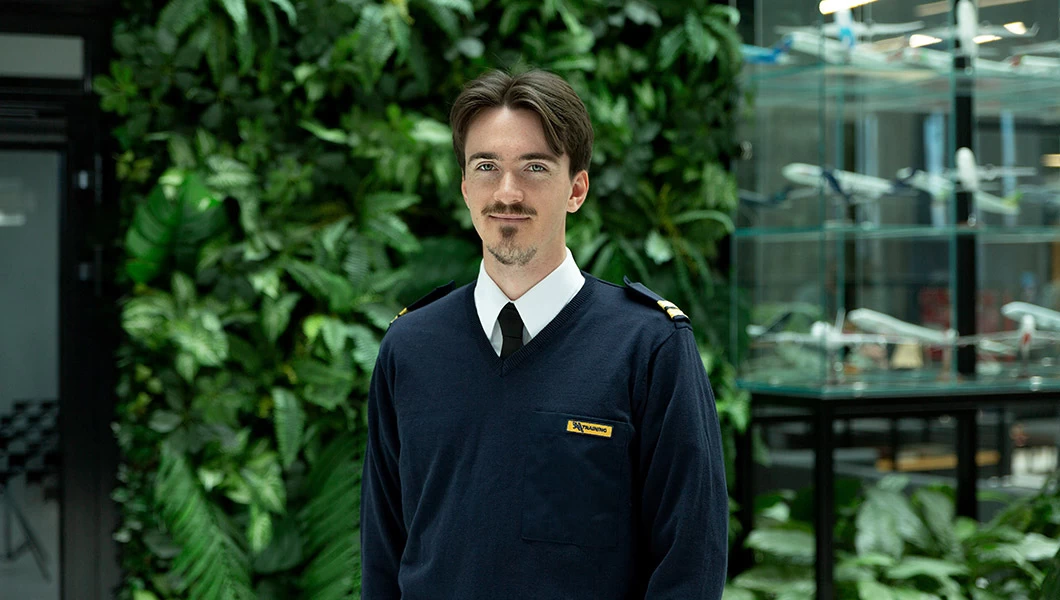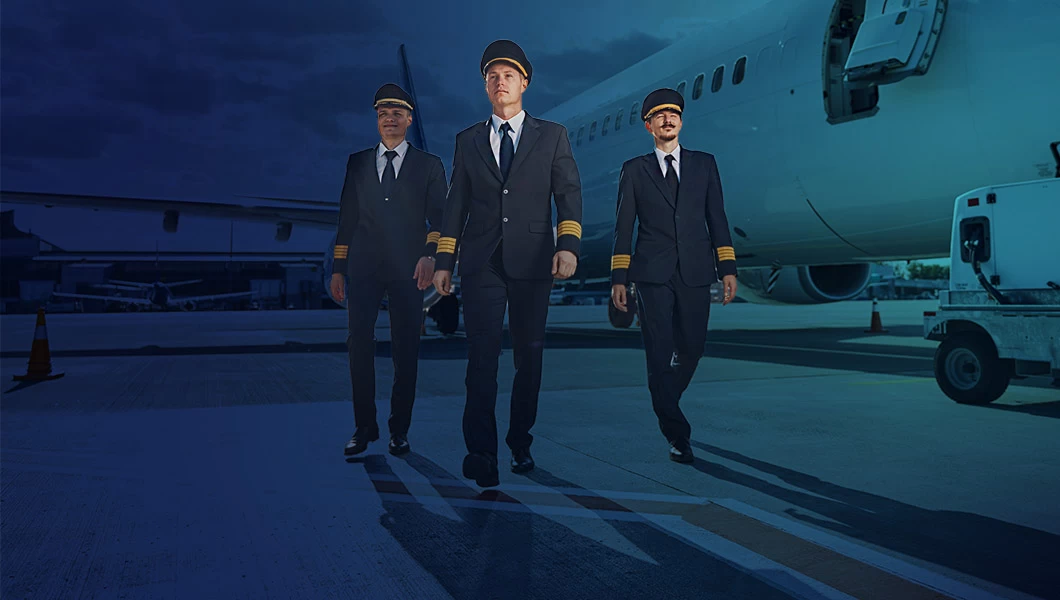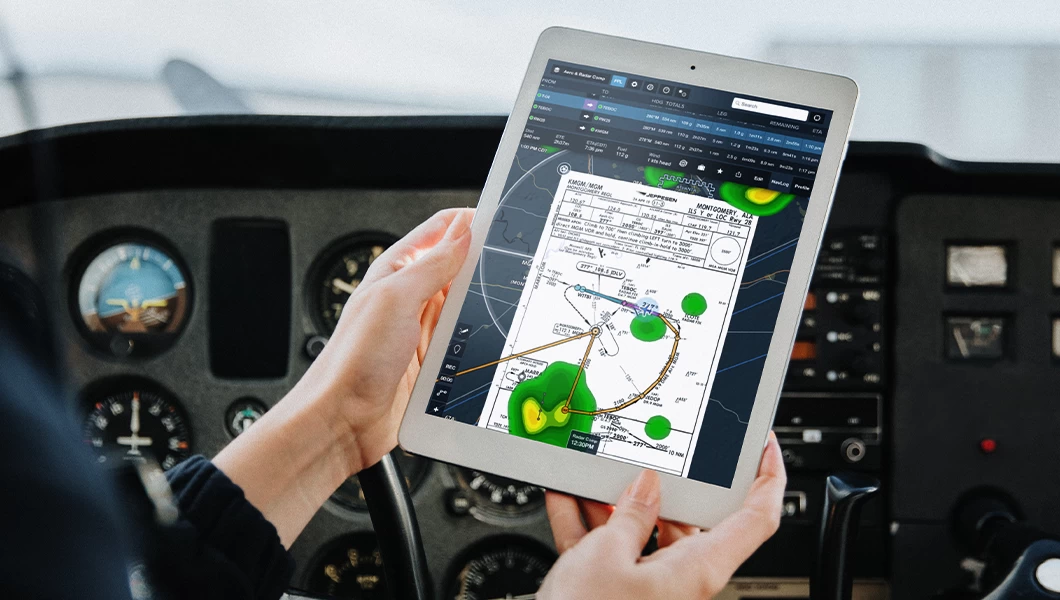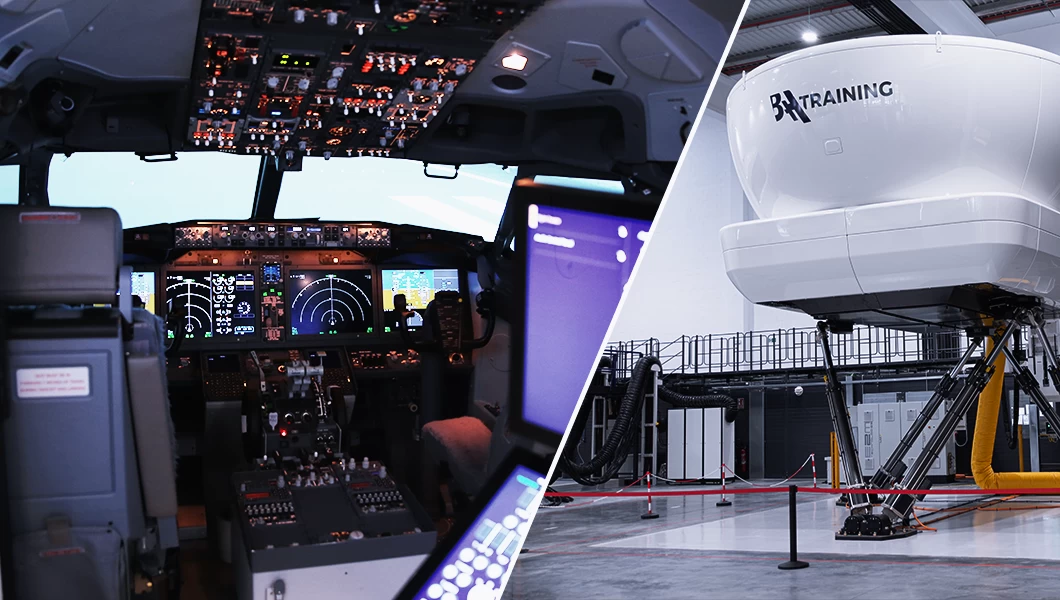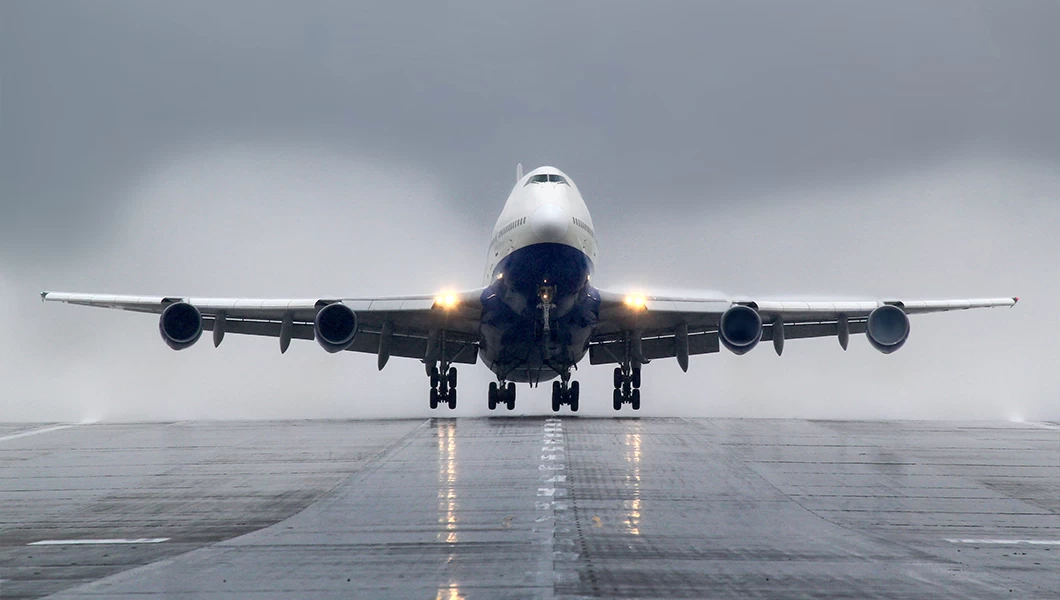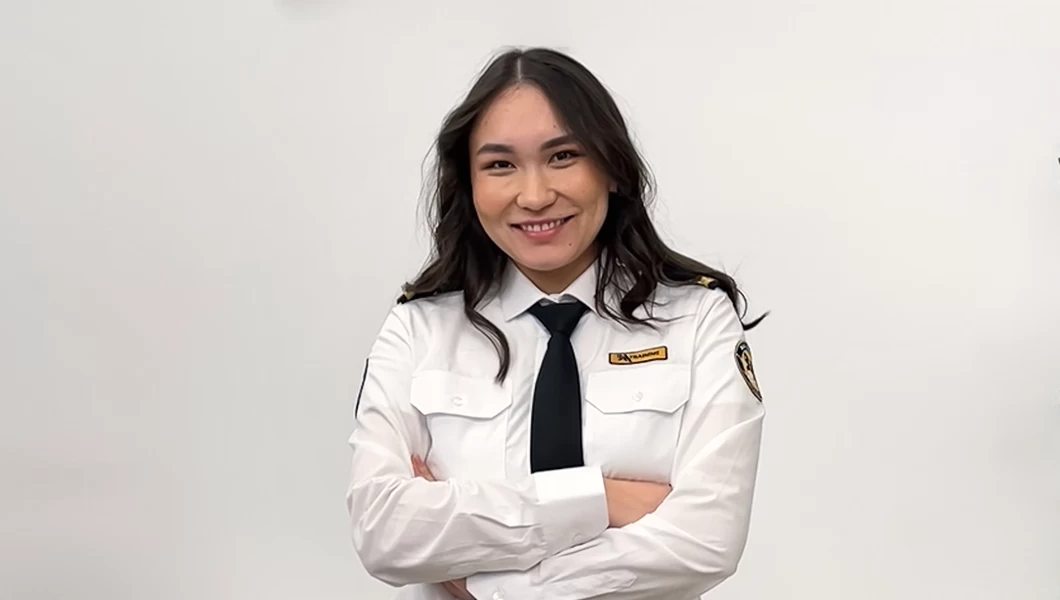Flying is not easy, and it involves a number of different skills. Some people sail through the actual flying training but have difficulty with radio use, navigation, or the theoretical exams. It is worth remembering this if you are having problems with one part of the course that others seem to find easy.
There are, however, certain areas of flight training that are stumbling blocks for many students. So we’ll take a brief look at these. This applies whether you are an Ab Initio student, i.e., learning from scratch, or already have a PPL and are doing more advanced training. Whatever stage you are at, do read on…
1. Flying Itself. Particularly Landings

Landings are difficult. Almost every student struggles with them. They take place close to the ground and have to be done there and then; you cannot just sit there until you feel ready. Indeed, instructors sometimes wonder if their students are trying to kill them when they are landing the plane – although if the instructor is any good, they will appear totally calm, taking over control if it becomes necessary.
It is worth remembering this if you are finding landings hard. It will hopefully help you calm down and just try again. This is important, as a good landing follows from a calm attitude, and it takes practice. Also, remember that a good approach leads to a good landing, so you must maintain the right attitude and airspeed all the way down the final approach. If you are still struggling to do this, perhaps you need to practice the earlier exercises again; ask your instructor if necessary.
Even when you’ve mastered landings into wind, you will probably still struggle with crosswind landings. Don’t worry; everyone does. Crosswind landings are probably the most complicated maneuver in the flying training course. Many pilots avoid them. But while you may do this when you are flying alone, the best way to master crosswind landings is to practice them with a good, confident instructor until they become more manageable. With these, as with everything else in aviation, practice does make perfect.
2. Radio Communication
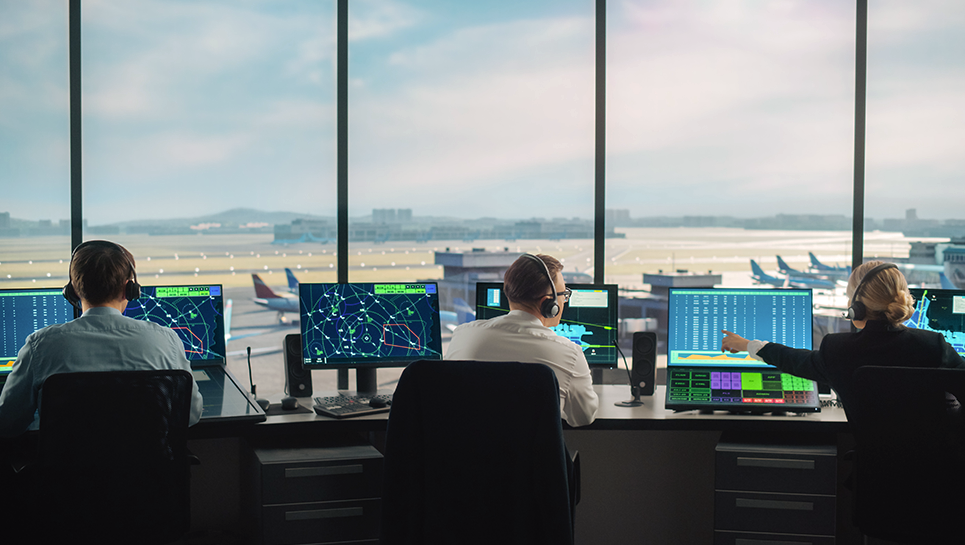
Even if you find flying easy, you may not be able to say the same about using the radio. It is particularly challenging if English is not your first language. If this is the case, it could be worth enrolling in BAA Training’s course in Aviation English, which is specifically designed for these issues.
After that, radio use is mainly practice. But also, for each flight, it could help to write down what you will need to say in advance. Then bear in mind that there are a limited number of possible replies. For example, if you are asking for airfield information, you will be given such information as the runway in use and the altitude required. ATC won’t ask you what sort of day you’re having! And if you don’t understand the reply, it’s always OK to ask the controller to “say again.” You can do this several times if necessary. Remember: ATC is there to help you, not the other way round.
3. Learning Navigation

If you struggle with learning to fly using a basic aviation chart (and many do), you may wonder why it should be necessary in this day and age. After all, once you have got your license, will you ever fly without a GPS and other more advanced instrumentation? As an airline pilot, you won’t need to navigate the old-fashioned way.
This is likely to be true. However, all pilots need to have good knowledge of situational awareness and recognize what they see on the ground. Also, you will need to be able to cope if you have any kind of instrument problem. Therefore, navigation techniques are useful. And again, as with everything else in the flying course, the most important thing is to practice, practice, practice.
4. Instrument Flying

Your PILOT CAREER
starts with a first click
You will do only a very limited amount of instrument flying early on. But later, and certainly, when it comes to CPL training, you will do more IFR training. Initially, it may seem as if instrument flying is fairly easy, particularly if you are learning on a flight simulator. But take it from me – it isn’t!
Flying in cloud, with no visual references, is exhausting, both physically and mentally. The main difficulty is that you have to trust your instrument completely. You will tend to experience visual illusions, such as feeling you are in a steep turn when the instruments clearly tell you that you are flying straight and level. Trying to disregard these strong illusions can make you feel quite ill! So again, you need to practice and ensure that your IFR training includes some actual flying in real IFR conditions. And then you will see what I mean! But you will be able to do it eventually.
5. Theoretical Knowledge
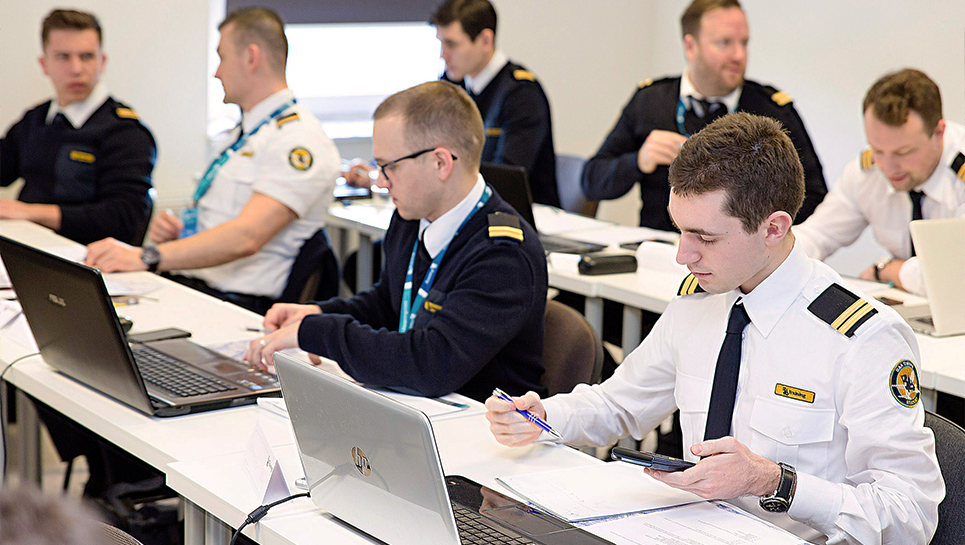
For some people, ‘ground school’ is easy. For others, it is the hardest part of the whole course. I knew someone who mastered everything in the PPL course, even landings, in minimal hours. But he then failed the theoretical exams several times. Everyone is different.
When it comes to theoretical knowledge, you need to know how to study. For most people, little and often is best. Don’t try to study all day or learn the whole one subject at a time. Some people can do that effectively, but not many. The best thing is to break down your study time into bite-sized chunks, perhaps an hour at a time, testing yourself after each period and going back if you’ve forgotten earlier parts of the course. If there is anything you don’t understand, ask your instructor to go over it with you. There is no shame in not being the quickest learner in the history of aviation training! The important thing is that you understand it in the end.
That completes my five most common problem areas. Of course, everyone is different, and you may well find other things troublesome. If so, approach them similarly – talk to your instructor, and remember that practice makes perfect. Don’t worry; you will get there in the end!
